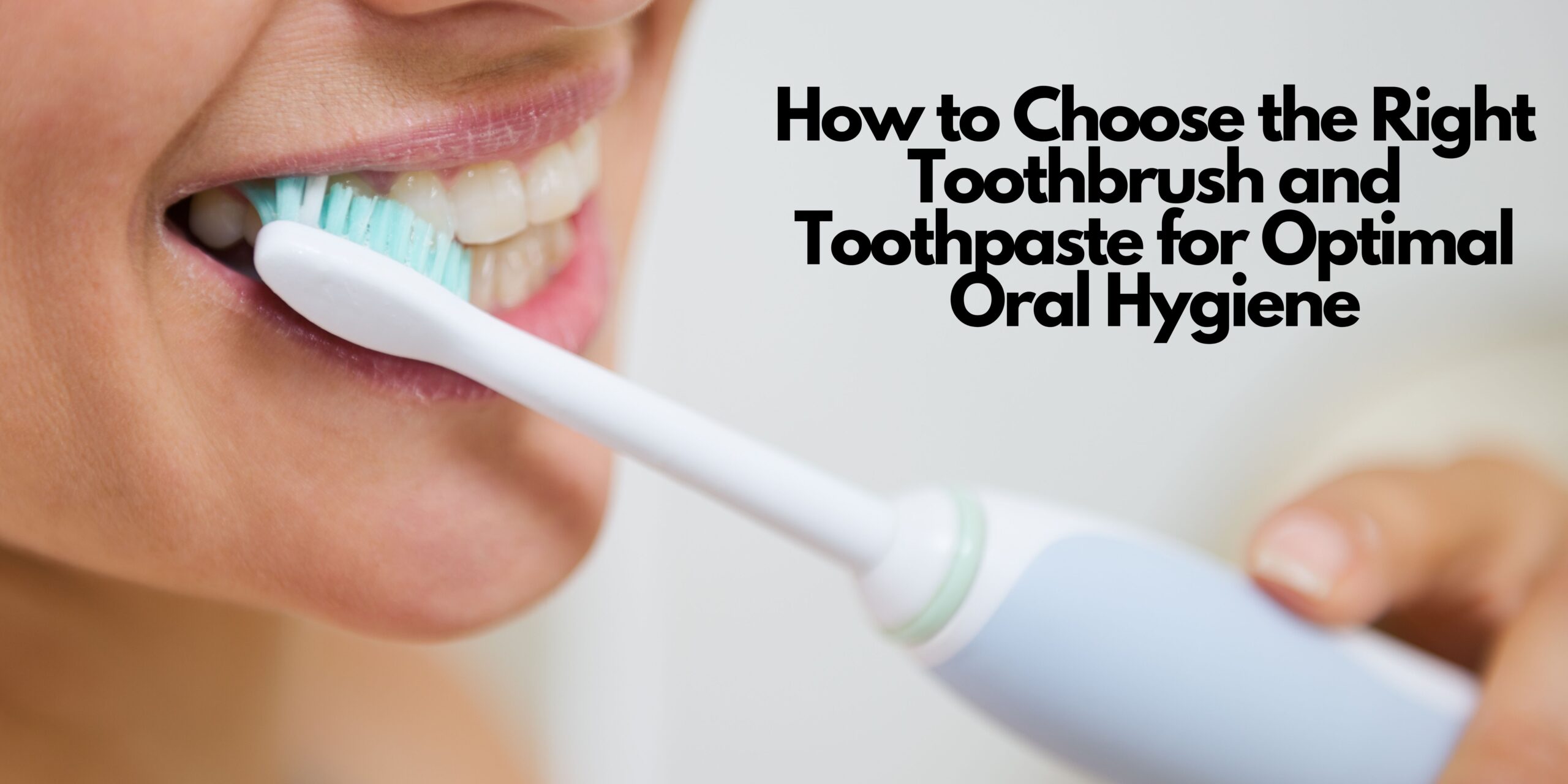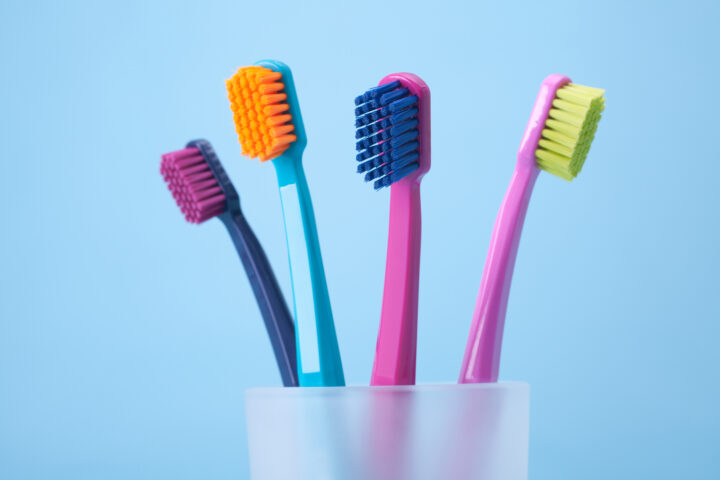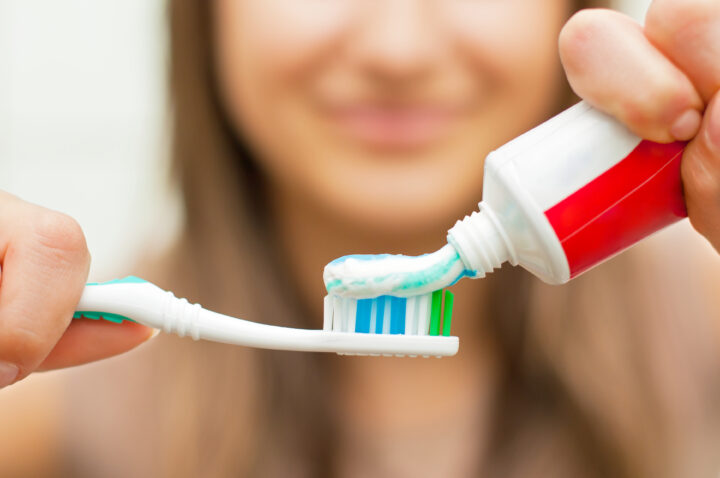Maintaining excellent oral hygiene is highly crucial to your overall health and well-being. Brushing your teeth twice daily with the right toothbrush and toothpaste can help prevent gum disease, tooth decay, and bad breath. However, with so many available options, it can be overwhelming to choose the right toothbrush and toothpaste for your oral hygiene needs. Therefore, we are going to discuss how to select the right toothbrush and toothpaste, the features to look for, and how to use them properly for optimal oral hygiene. Keep reading to understand what to look for when shopping for toothbrushes and toothpaste and how to use them effectively to maintain excellent oral health.
Why Choosing the Right Toothbrush and Toothpaste is More Important Than You Think
While it may seem simple to go out and pick a toothbrush and toothpaste, taking more consideration into your decision can be the difference between saving or damaging your teeth. Oral hygiene plays a critical role in maintaining overall health, and selecting the right tools can make a significant difference in achieving optimal results. Here are some reasons why you should take a moment to discover a product that is truly beneficial for your oral health.
- The right toothbrush can help you remove plaque and bacteria effectively, preventing tooth decay and gum disease. A poor-quality toothbrush will lead to inadequate cleaning, causing plaque buildup and increasing the risk of cavities and other oral health problems.
- Toothpaste also plays a vital role in maintaining oral hygiene. The right toothpaste contains essential ingredients such as fluoride, which can help protect your teeth against decay and strengthen tooth enamel. Low-end toothpaste will not provide the necessary protection, leaving your teeth vulnerable to damage.
- Want to avoid more trips to the dentist? Then taking an extra minute before buying a toothbrush and toothpaste may be what you need. Choosing the right toothbrush and toothpaste can also affect the frequency of dental visits and the overall cost of dental care. Using the right tools and maintaining good oral hygiene practices can reduce the risk of developing severe oral health problems and avoid costly treatments in the long run.
Steps to Choosing the Right Toothbrush
When choosing the right toothbrush, there is a lot to consider for the significant difference in maintaining good oral hygiene. Here are a few steps and tricks to follow when choosing the best toothbrush for your teeth:
- Look for the right bristle type: Toothbrushes come with either soft, medium, or hard bristles. Dentists usually recommend using a toothbrush with soft bristles as it is gentle on your teeth and gums. Using a hard-bristled toothbrush can, unfortunately, scrape off important tooth enamel, putting the teeth at risk for decay and infections.
- Choose the right size: Double-check to ensure the toothbrush head is small enough to reach all areas of your mouth, including the back molars. Too big of a toothbrush head won’t give a “personal touch” to each individual tooth.
- Decide between manual and electric toothbrushes: Both manual and electric toothbrushes have their pros and cons. Manual toothbrushes are less expensive, and you have more control over-brushing. Electric toothbrushes are more effective in removing plaque and are easier to use.
- Check for the American Dental Association (ADA) seal of approval: The ADA seal of approval indicates that the toothbrush meets specific safety and effectiveness standards. This seal is a clear sign that it is recommended by dentists and not just a marketing scheme trying to get you to buy their product.
- Consider your personal preferences: Choose a toothbrush that you feel comfortable using and that fits your preferences. You may prefer a particular brand or color, and that’s perfectly okay.
Steps to Choosing the Right Toothpaste for Optimal Oral Hygiene
Once you have the right toothbrush, it is time for the second most important decision. That is finding the ideal toothpaste, a just as important decision. With so many options available, it’s understandable that choosing can be overwhelming. However, you need to choose one that is ideal for your specific oral health needs. Here are a few steps to help you choose the right toothpaste, including the following:
- Look for fluoride: Fluoride is a mineral that helps prevent tooth decay by strengthening tooth enamel. Look for toothpaste containing fluoride to ensure your teeth get the protection they need.
- Consider your specific oral health needs: Do you suffer from sensitive teeth? Are you prone to cavities? Do you have gum disease? There is toothpaste available that is formulated to address these specific oral health concerns. Look for toothpaste that is tailored to your needs.
- Avoid harsh ingredients: Some kinds of toothpaste contain powerful ingredients that can be abrasive and damage tooth enamel. Look for toothpaste that is gentle on your teeth and gums.
- Consider taste and texture: Toothpaste comes in various flavors and textures, and while it may not have such a difference in your oral health, it is important. So choose one you enjoy using. This will make it more likely that you will stick to a regular oral hygiene routine.
The Danger of Choosing the Wrong Toothbrush and Toothpaste
Choosing the wrong toothbrush and toothpaste can have serious negative impacts on your overall oral health. It’s essential to remember that your oral health is connected to your overall general health, so it is important to keep up with it, and it all starts with your toothbrush and toothpaste. Using a toothbrush with hard bristles can cause damage to your gums while using toothpaste with harsh chemicals can erode your tooth enamel over time. Using the wrong toothbrush can also lead to improper brushing techniques.
Using the wrong toothpaste can also have negative consequences. Some toothpaste contains abrasive particles that can cause damage to your enamel. Others contain high levels of fluoride, which can be harmful if ingested in large amounts. Also, if you have sensitive teeth, using toothpaste designed for sensitivity can help reduce discomfort while brushing. Therefore, choosing the wrong toothpaste can cause further discomfort.
Ask Your Dentist for the Best Toothbrush and Toothpaste for Optimal Oral Hygiene
It’s commonly known that your dentist knows best when it comes to your oral health. Therefore, after your next dental check-up, make sure to ask your dentist about the right oral hygiene products based on the current condition of your teeth and gums. At Sheehan Dental, the dental professionals will be more than happy to answer any questions and address concerns you may have. Schedule your next check-up today.



